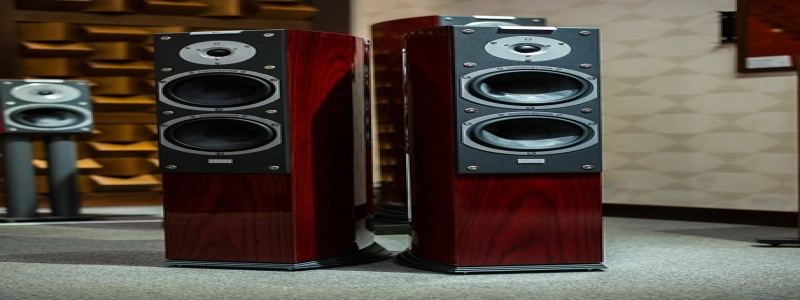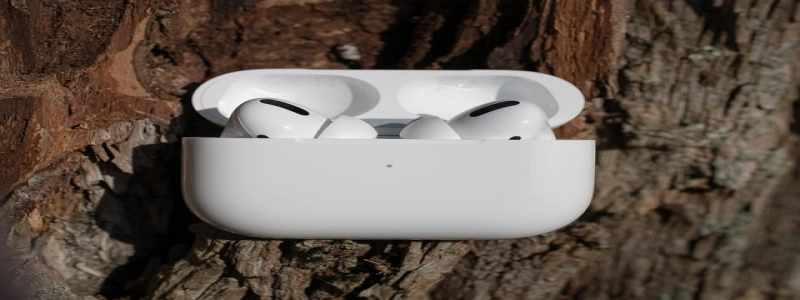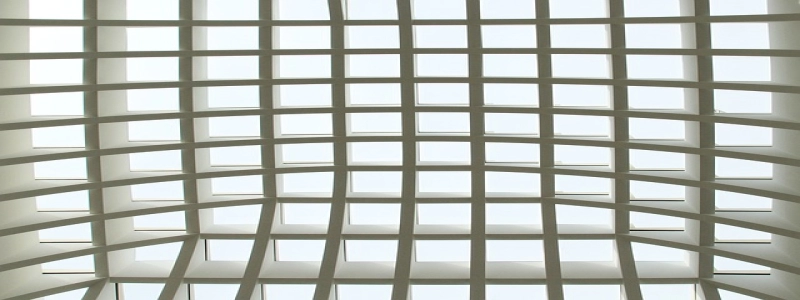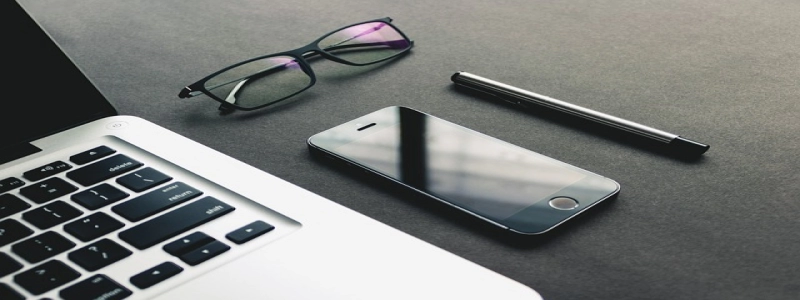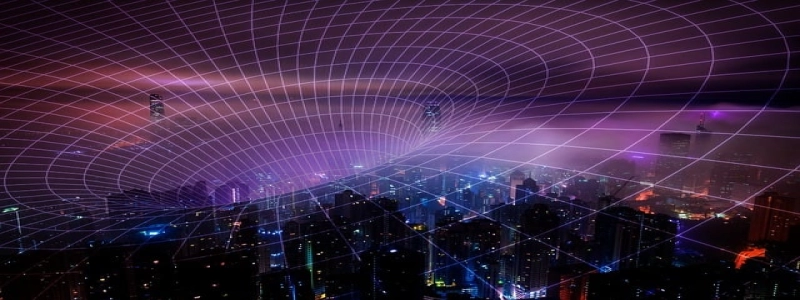Figure 8 Fiber Optic Cable
Introduction:
The figure 8 fiber optic cable is a specialized type of cable that is commonly used in outdoor installations, particularly in aerial and self-supporting applications. This cable is designed to provide high-speed and reliable data transmission over long distances. In this article, we will explore the features and benefits of figure 8 fiber optic cables.
I. What is a figure 8 fiber optic cable?
A. Definition and structure
A figure 8 fiber optic cable, also known as self-supporting aerial fiber cable, is typically made up of two parallel cables held together by a central spacer, forming a figure 8 shape. The spacer ensures separation and prevents any interference between the cables. This design allows the cable to be easily suspended from poles or other structures without the need for additional support.
B. Fiber optic characteristics
1. High transmission capacity: Figure 8 fiber optic cables can support high data transfer rates, making them suitable for demanding applications such as video streaming, cloud computing, and telecommunications.
2. Low signal loss: These cables have low attenuation levels, ensuring that the transmitted signals remain strong and clear over long distances.
3. Immunity to electromagnetic interference: Unlike copper cables, fiber optic cables are not affected by electromagnetic interference, resulting in a more stable and reliable connection.
II. Applications of figure 8 fiber optic cables
A. Telecommunications
1. Internet service providers (ISPs) often use figure 8 fiber optic cables to connect their network infrastructure to subscriber locations.
2. Telecommunication companies rely on these cables for long-distance communication and data transmission between their facilities and cities.
B. Broadcast and video applications
1. Figure 8 fiber optic cables are widely used in broadcasting systems, ensuring high-quality transmission of video and audio signals.
2. They are also employed in sports arenas and live event venues to transmit high-definition video feeds.
C. Rural and remote areas
1. Figure 8 fiber optic cables are suitable for connecting remote areas that are not easily accessible through traditional cable installation methods.
2. These cables are often deployed in rural areas to provide broadband internet access and bridge the digital divide.
III. Advantages of figure 8 fiber optic cables
A. Easy installation and maintenance: The figure 8 design allows for straightforward installation, minimizing time and labor costs. Maintenance is also simplified due to the accessibility of the cable.
B. Durability and weather resistance: Figure 8 fiber optic cables are designed to withstand harsh outdoor conditions, including extreme temperatures and weather elements such as rain, wind, and UV exposure.
C. Cost-effective solution: The self-supporting feature eliminates the need for additional support structures, reducing installation expenses. Moreover, their high transmission capacity and longevity make them a cost-effective investment.
Conclusion:
Figure 8 fiber optic cables are an essential component of modern communication networks, particularly in outdoor installations. With their high transmission capacity, durability, and easy installation, these cables are the preferred choice for telecommunications, broadcast, and remote connectivity applications. As technology continues to advance, we can expect figure 8 fiber optic cables to play an even more significant role in our increasingly connected world.

